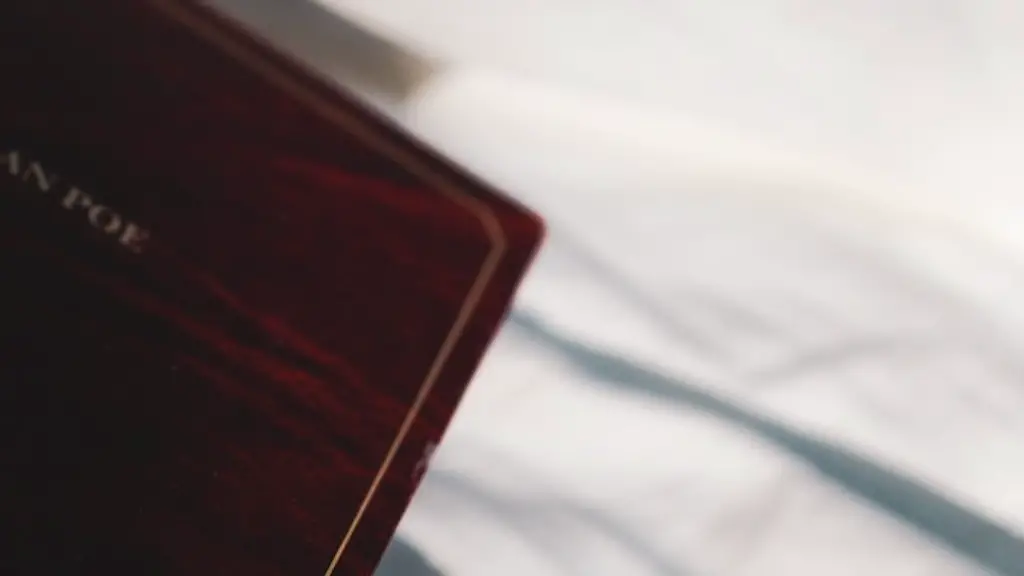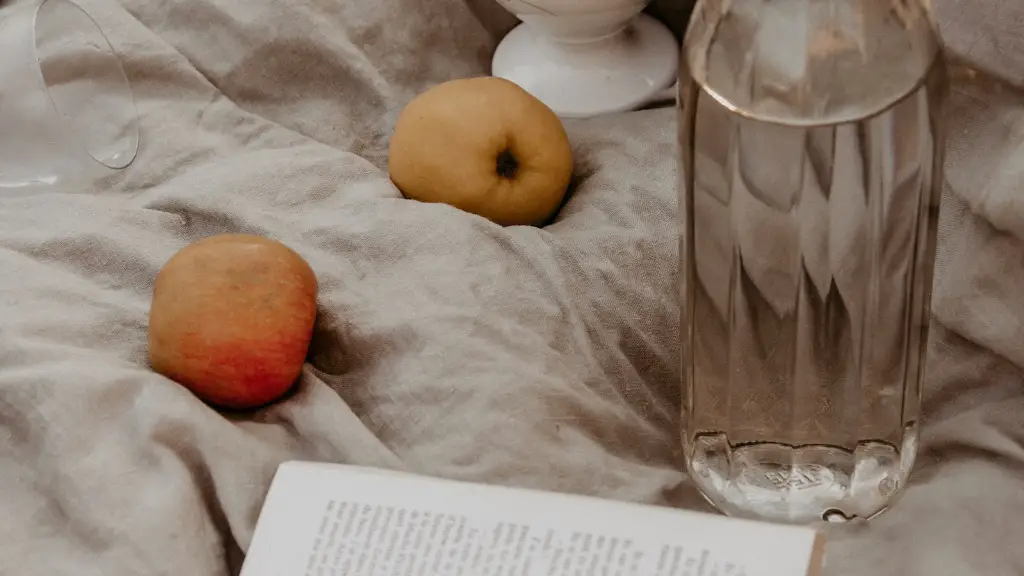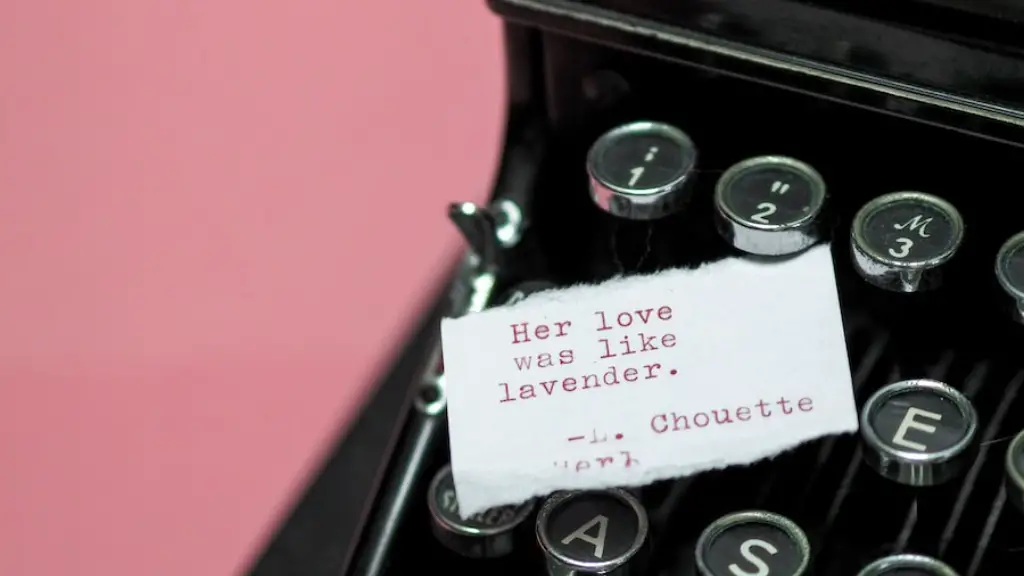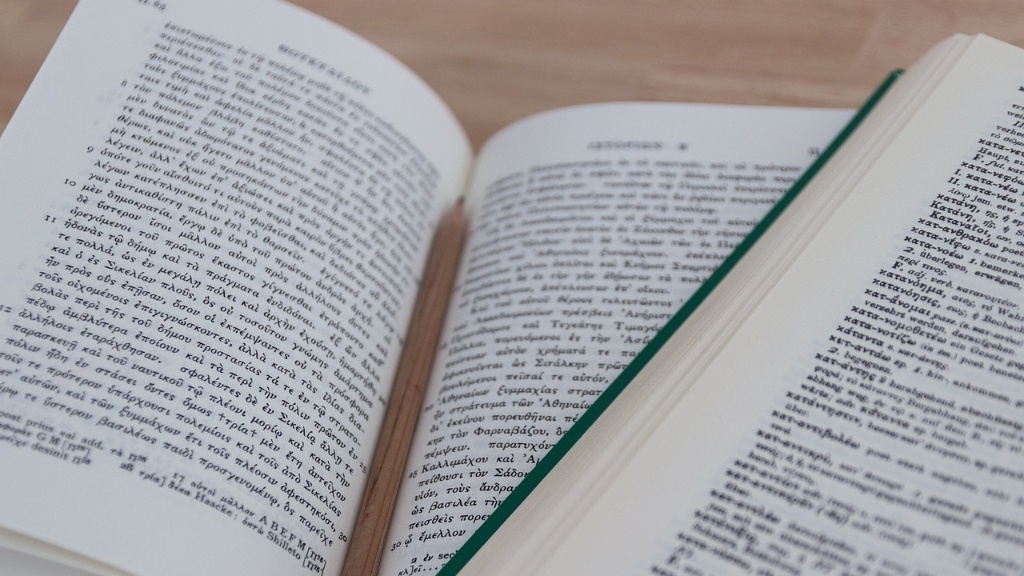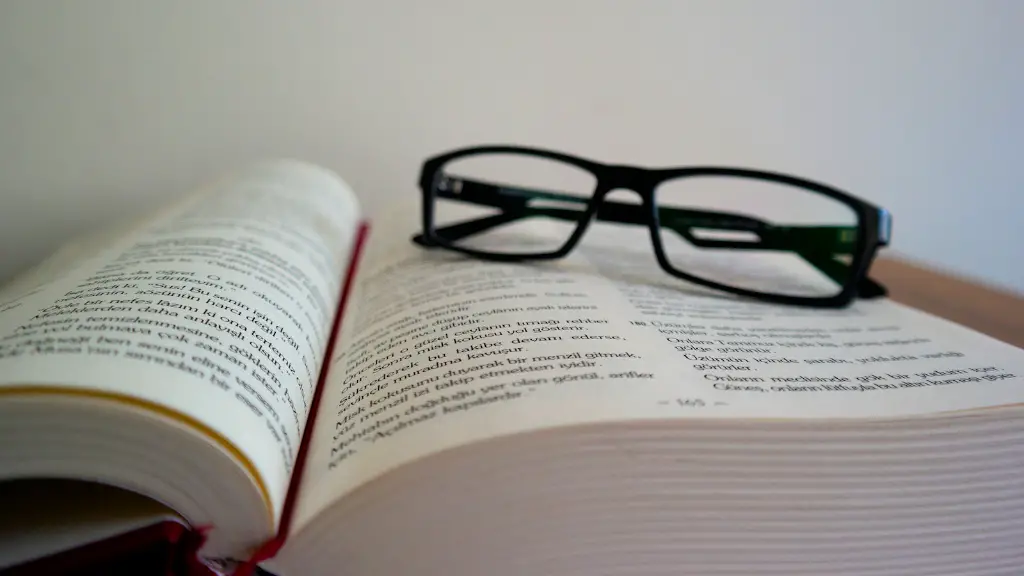What Is A Volta In Poetry?
A volta, also known as a ‘turn’, is an important rhetorical device in poetry. It is a common structural element that marks a shift in tone and subject matter, offering an alternative to the monotonous repetition of the same topics or concepts.
Mary Mitchell, author, poet and professor at the University of Pennsylvania, explains that a volta is “the moment when the poem turns to a new idea or a new point of view. It can even be a subtle difference in emphasis, but it is still a turn, a shift in focus and direction.”
Mitchell also emphasizes that volta is used to draw attention to significant shifts in meaning and turn the reader’s attention away from what had been discussed previously. Generally, a volta appears at the end of a poem’s first stanza, indicating that the tone, direction and focus of the poem will be different in the following stanzas.
The use of the volta has a long and varied history. Its roots can be traced back to Aristotle’s work on poetry. In his work, ‘Poetics’, Aristotle outlines that poetry should have a beginning, middle, and an end, and should move in a logical order, with the beginning presenting a problem and the end providing a resolution.
In modern use, voltas are used by poets to show potential solutions or alternative reactions to the issue presented at the beginning. Furthermore, the volta can signify a change in the speaker’s attitude towards their subject matter. It can be used to either challenge or affirm the ideas presented earlier in the poem.
The use of a volta can also indicate a dramatic shift in tone from a serious or contemplative one to a more positive and hopeful one. This is made possible by the structure of the volta, allowing for the poet to condense a great deal of thought and emotion into a single moment. It can even draw comparison to life events and experiences, allowing the poet to evoke empathetic emotions in the reader.
British poet Liz Berry reveals her own personal analysis of the volta: “It is a technique that I find incredibly liberating, as it lends itself to experimentation, where ideas and insights can be further explored without the expectation of a neat ending or resolution.”
What Impact Does Volta Have on Poetry?
The use of the volta has played a major role in the development of modern poetry. It has enabled poets to draw attention to subtle shifts in tone and direction, as well as encouraging writers to explore and express their ideas in more imaginative ways. This has made poetry more accessible to a wider range of people, since the volta allows the poet to condense complex topics into a manageable form.
In addition, the use of the volta has allowed poets to explore a wide range of topics, from the profound and personal to the political and social. The volta offers the poet the flexibility to expand a poem beyond its initial set of parameters and helps create a sense of forward momentum throughout the text.
By using the volta, poets are able to express their ideas in a powerful and moving way. The carefully arranged structure of the volta allows the poet to express ideas beyond the typical literary narrative, providing readers with an insight into the poet’s mind.
In conclusion, the use of the volta is an important and versatile device in modern poetry. Its usage in poetry enables poets to express their thoughts and feelings in a succinct, engaging and powerful manner, allowing them to reach a wider audience.
How Can Volta Structure Be Used In Poetry Writing?
When writing poetry, the structure of the volta should be taken into account. The volta should be positioned appropriately, usually towards the end of the poem’s first stanza, and should be used to initiate a shift in tone, direction or focus. It is important to choose the right words and phrasing in order to create a powerful and effective volta.
Writers should ensure that the volta shifts the focus of the poem whilst still maintaining relevance to the themes previously discussed. Furthermore, the words chosen should enable the reader to draw connections between the beginning and the volta, thus creating a sense of narrative flow.
It is also important for writers to consider how the volta will fit into the overall structure of the poem. For example, a poem may begin as a contemplation of a particular subject and end in a different (but related) tone or style. The volta helps bridge the gap between the two, allowing the poem to move forward.
The use of the volta also enables the poet to provide a conclusion. The conclusion should provide an answer to the poem’s initial question, and should be a natural outcome of the narrative created by the poem’s text and structure.
What Is The Purpose Of Volta In Poetry?
The purpose of the volta in poetry is to provide a sharp and distinct shift in tone, direction, or focus. It allows the poet to go beyond the standard narrative structure of a poem and add a greater level of complexity to their writing.
The volta enables poets to explore the subject matter in more detail by introducing new perspectives and insights. It also encourages the poet to consider their themes from a different angle and provides a dynamic and interesting way to explore the same ideas or topics.
The use of the volta allows poets to draw connections between their ideas and present an intriguing and thought-provoking narrative. It is an important device in modern poetry and can often be the make or break of a poem.
The volta can also be used to evoke emotion in the reader. By using a volta, the poet can draw on the readers’ own experiences and evoke feelings of familiarity or recognition. This can be a powerful tool when writing a poem.
What Are The Benefits Of Using Volta In Poetry?
The use of the volta in poetry offers a number of benefits to writers. It can lend a greater level of complexity to a poem, allowing the poet to explore their ideas in more depth. It can also provide a more thought-provoking narrative, while still maintaining relevance to the initial subject matter.
The volta also allows poets to evoke powerful emotions in their readers. By carefully choosing the right words and phrasing for the volta, poets can draw on the readers’ own experiences and create an empathetic response. This can be a powerful tool when writing a poem.
Finally, the use of the volta enables the poet to provide a satisfactory conclusion to the poem. This conclusion should tie together the themes of the poem and provide an answer to the initial question or problem posed in the poem. This makes the poem easier to read and understand, and adds an element of cohesiveness to the overall narrative.
What Are The Risks Of Using Volta In Poetry?
Although the use of the volta in poetry offers a number of benefits to poets, it is important to consider the potential risks associated with its use. When creating a volta, it is important to ensure that the shift in tone, direction or focus is relevant to the initial themes of the poem. Otherwise, it can cause the poem to become muddled or incoherent.
In addition, the use of the volta should be used with caution as it can be easy to overuse this device. If the poet includes too many shifts in tone, direction and focus, the poem can become too cluttered and confusing, and can detract from the desired message.
Finally, the use of the volta should be used sparingly to ensure that the poem maintains a sense of narrative flow. Although the volta can be an effective tool when used in moderation, overusing it will draw attention away from the narrative of the poem and thus detract from the emotional impact of the poem.
How Can Poets Improve Their Use Of Volta?
In order to ensure that their use of the volta is successful, poets should consider a number of factors. Firstly, it is important to ensure that the position of the volta is appropriate for the poem at hand. The volta should be positioned towards the end of the first stanza, to mark the shift in tone, direction or focus.
Secondly, poets should be mindful of the words and phrasing used in the volta. The words chosen should enable the reader to draw connections between the beginning and the volta, as well as providing insight into the poet’s intentions or purpose.
Finally, poets should assess the overall structure of the poem. To ensure a successful poem, the volta should tie together the themes discussed within the poem while still providing a satisfactory resolution to the poem’s initial question.
